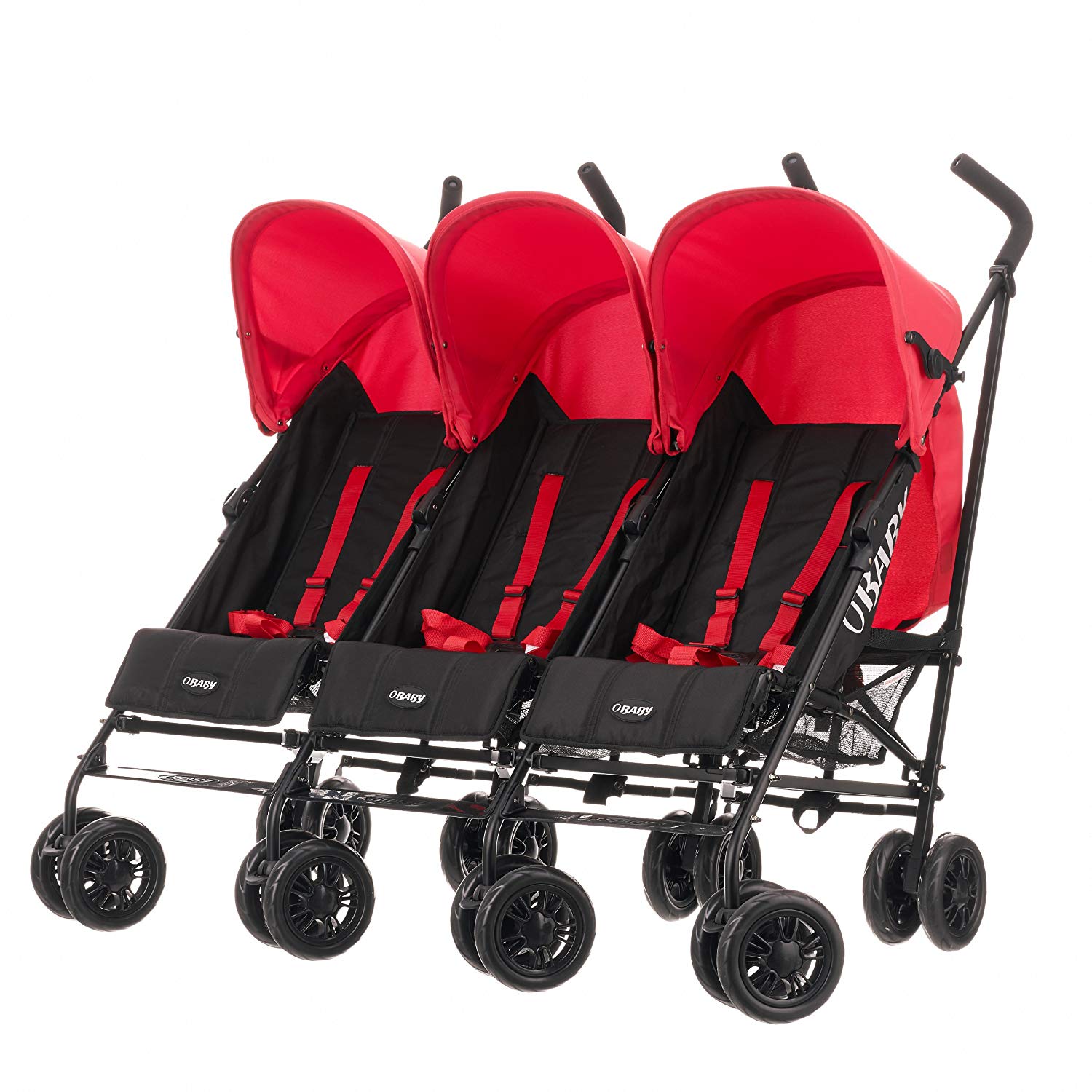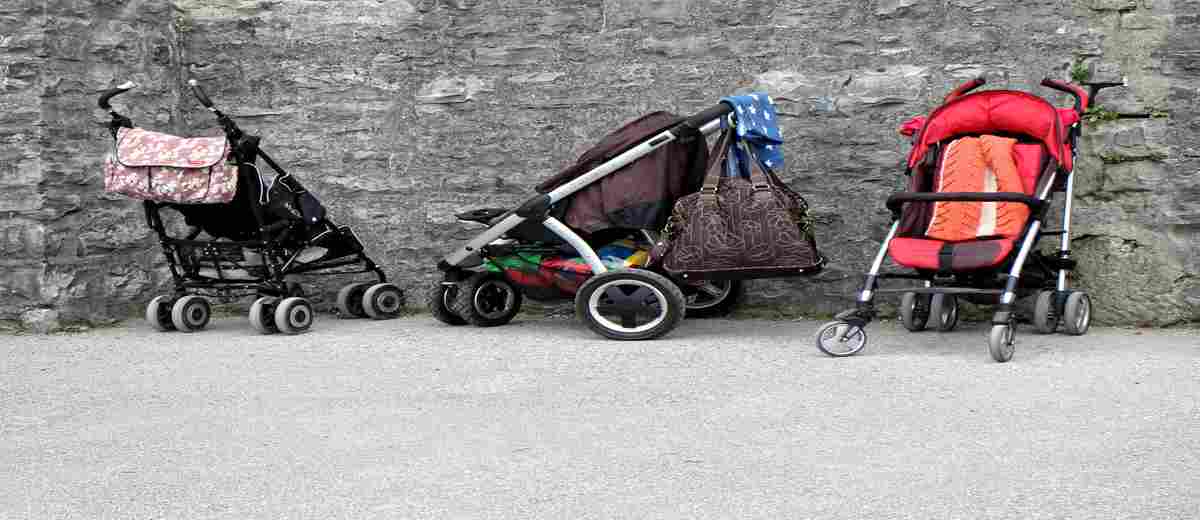The Pram and Grunt Test
Making sure something remains accessible to wheelchair users over time can be a difficult task. Sidewalks crumble, bricks get loose, and curb cuts become obstructed.
It’s tough to tell how accessible something is if you’re not the one needing it to be accessible. How can cities quickly and effectively judge the state of existing infrastructure?
Here’s my idea: Have a city worker take a baby pram designed to hold three children side‐by‐side and fill it with sacks of concrete to simulate the weight of a few four‐year‐olds. Place some shock watch stickers on each bag.

Then, have a city worker run up and down sidewalk, curb cuts, etc., and make note of any location where they end up grunting or straining when they went up an incline or over a large bump and check the shock stickers to see how much force was transferred to the concrete. These are areas that probably need to be investigated more thoroughly.
I call this the Pram and Grunt Test. While it won’t identify every severity and type of accessibility issue, it still might be able to function as a kind of accessibility smoke test, allowing for cities to find and monitor potential accessibility issues.
Here’s how the test works:
- The pram is triple‐wide to simulate the width of a large wheelchair.
- The concrete is an analog for the weight of the wheelchair user.
- The shock stickers show much force is transferred to the chair user when they hit buckled concrete. Trust me, this shit hurts.
- The grunting is an audible signal that lets you know the incline you’re dealing with might be too steep for a wheelchair user. If you have to strain to get up it, so do we.
